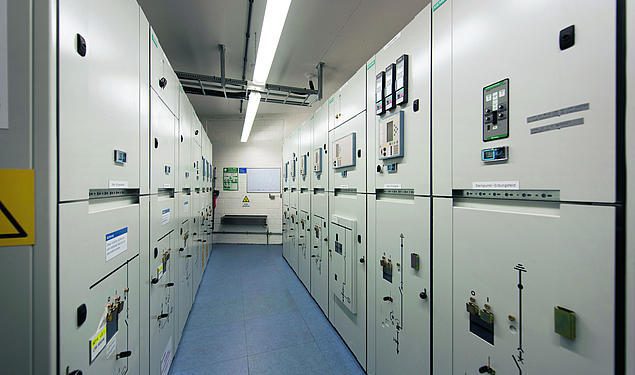Shore power is becoming critical to ports and the vessels they serve beinga significant factor in ports’ overall carbon management strategy, highlights a newly published white paper by The ModOPS Project, discussing key challenges.
In order to achieve the rate of decarbonisation required to meet net-zero targets (eg in the UK Clean Maritime Plan and the EU ‘Fit for 55’ strategy) workable solutions are needed now. The roadmap towards maritime net-zero is beset with uncertainty and will involve a range of novel fuel and power solutions in ports.
As vessels decarbonize in line with national and international net-zero policies, many ports will become unable to access all the required power from their grid connection cost-effectively, so other solutions are needed. However, ports need to start investing now in the infrastructure they will need.
The ModOPS project, supported from DfT’s TRIG programme, has analysed the complete energy flow from source to vessel, under a range of use cases and for different energy vector options. In this white paper, it analyzes key challenges ahead, considering that, when it comes to shore power, the big question is:
what should that investment plan include in order to minimize the risk of creating ‘stranded assets’ which become obsolete as decarbonization options mature?
As such, it is important to consider the following:
The performance of a shore power system depends strongly on its use case: not only the energy throughput but also the intermittency of provision. In order to cover a wide range of sizes and duty cycles, six real-world use cases have been defined and modelled:
Although direct electrical connection of shore power systems to the port’s grid connection is the default solution, several alternative options have been considered:
• Electrical connection with in-port battery storage;
• Hydrogen in-port energy storage with conversion into electrical energy;
• Methanol in-port energy storage with conversion into electrical energy;
• Diesel, HVO or DME in-port energy storage with conversion into electrical energy.
The paper notes that the options are much more limited for ports lacking convenient access to energy at the capacity dictated by their shore power demands. Battery storage can maximise shore power capacity from a fixed grid connection capacity, especially for serving vessels that impose a very intermittent load. However, longer term growth in shore power demand is very likely to exceed the limitations of existing grid connections for most ports.
Where an all-electric solution is not feasible or unattractive, on-site generation of electricity using fuels transported into the port is an alternative option, the project concludes, adding that conversion of the hydrogen into a liquid fuel such as methanol (ideally at scale to minimize the additional process costs) appears to be a more cost-effective solution, since the liquid fuel can be transported and stored safely using proven technology. Hydrotreated vegetable oil (HVO) is also a useful transition fuel as a drop-in replacement for diesel. Liquid fuels like HVO and methanol can be conveniently burned in a conventional diesel engine (with some modification for 100% methanol or aquamethanol) with significantly lower emissions than diesel.






